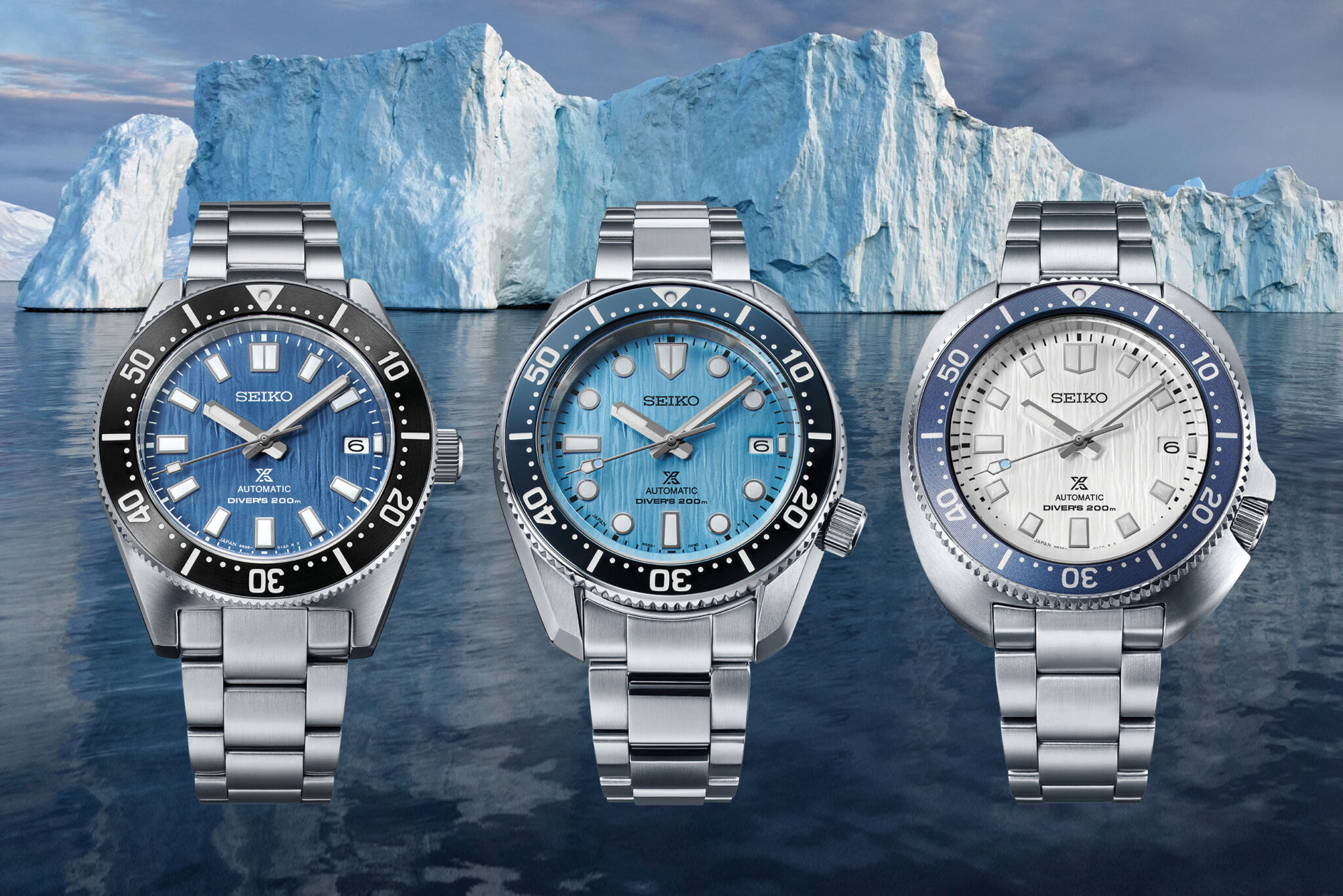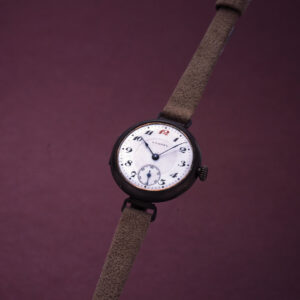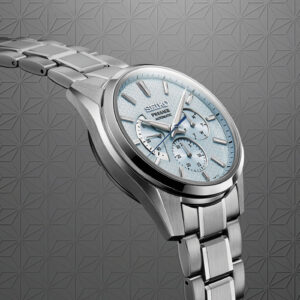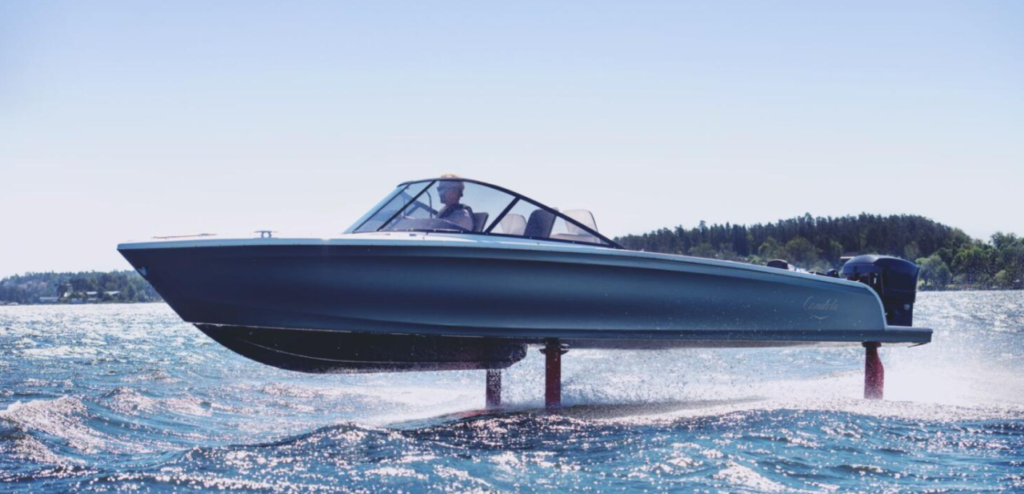Leisure

Seiko has a watch for everyone
Kåre Peitersen


Not everyone is aware of it, but the Japanese tradition for watchmaking is both long and full of innovative creations. For several generations, Seiko has helped push the technological development in areas that haven’t been embraced in the same way by the classic Swiss watch industry. It all started in 1881, when Kintaro Hattori, no more than 21 years old at the time, opened a watchmaking shop in Tokyo’s Ginza district. The shop grew into Seiko, with Hattori at the helm until he died in 1934. His philosophy was that Seiko had to be ‘one step ahead of the rest’ at all times, a notion that his successors have continued to live up to ever since – including when they spearheaded the introduction of quartz movements in wristwatches in 1969 and when they launched the innovative and still unique spring drive movement in 1999.
Interview: Vincent Brun
To learn more about Seiko’s past and future, I called Vincent Brun, the general manager of Seiko Germany, which took over Seiko Denmark on April 1st. I started by asking him how he would sum up Seiko’s contribution to the world of watches?
“That’s a big question because Seiko has a history of exploring many different areas of watchmaking. Technologically, for example, Seiko has contributed with quartz, kinetic, watches and solar watches – and in the last 10-20 years, we’ve seen a return to high-level mechanical watchmaking. The interesting thing about Seiko is that everyone knows the brand and has some relationship with it. It’s a brand with a rich history and a huge community of Seiko fans all over the world.”
In what ways does Seiko differ from the Swiss watch industry?
“Seiko is unique in having a very wide spectrum of watches in virtually all price ranges. If we include Grand Seiko, we have watches ranging from DKK 1,500 to DKK 70,000. Seiko watches come with a broad range of movements – quartz, mechanical, spring drive – no other brand actually offers that the way we do”.
There has been a steady rise in the interest in wristwatches over the last 10-20 years – how has Seiko experienced this development?
“It’s interesting to see that the interest in wristwatches has gone up with the popularization of smartphones and smartwatches. The amount of smartwatches on the market has been a wake-up call for the industry, but a mechanical watch offers something different from a smartwatch, and consumers are excited about that. I think it speaks to the fact that a watch no longer serves to simply state what time it is. Today, consumers value the craftsmanship, the design and the emotional connection to the brand. At Seiko, we increasingly focus on our history, identity, and mechanical know-how. Where we used to make watches as pure utility items, we now create collections that appeal to different target groups. We collaborate with things like manga universes and computer game worlds to appeal to young audiences. We can tell that it works because Seiko has grown steadily, even during the pandemic.”
Which Seiko collections are particularly popular in
Denmark?
“The most successful collection is undoubtedly Prospex, our sporty outdoor collection with many dive watches. This year, we launched three new Save The Ocean models, reinterpretations of classic Seiko dive watches from 1965, 1968 and 1970, respectively. Another sought-after collection is Presage, a series of elegant, dressy watches. We highlight some of the particularly Japanese features of our history – in the dials, for example. This history can be seen in the new Presage Sharp Edged models, where the dial incorporates a traditional Asanoha pattern that has been used in Japanese textile design for over a thousand years.”
What can we expect from Seiko in the coming years?
“You will be seeing more reinterpretations like the new Prospex dive watches because we have a rich history to delve into – and we want to showcase it.”
Learn more about Seiko at www.seikowatches.com






